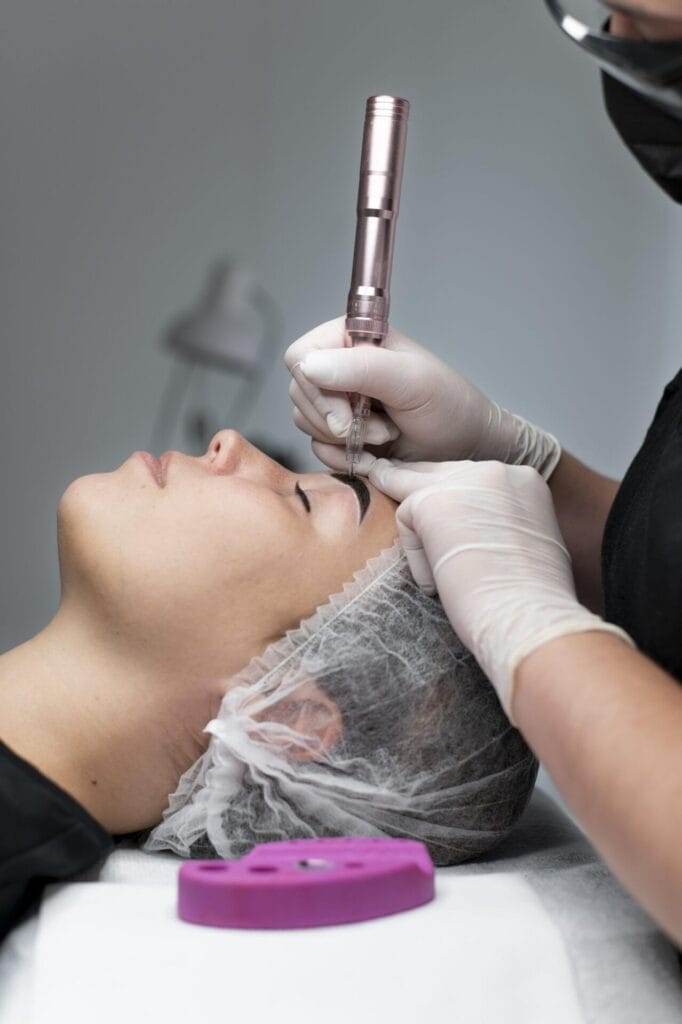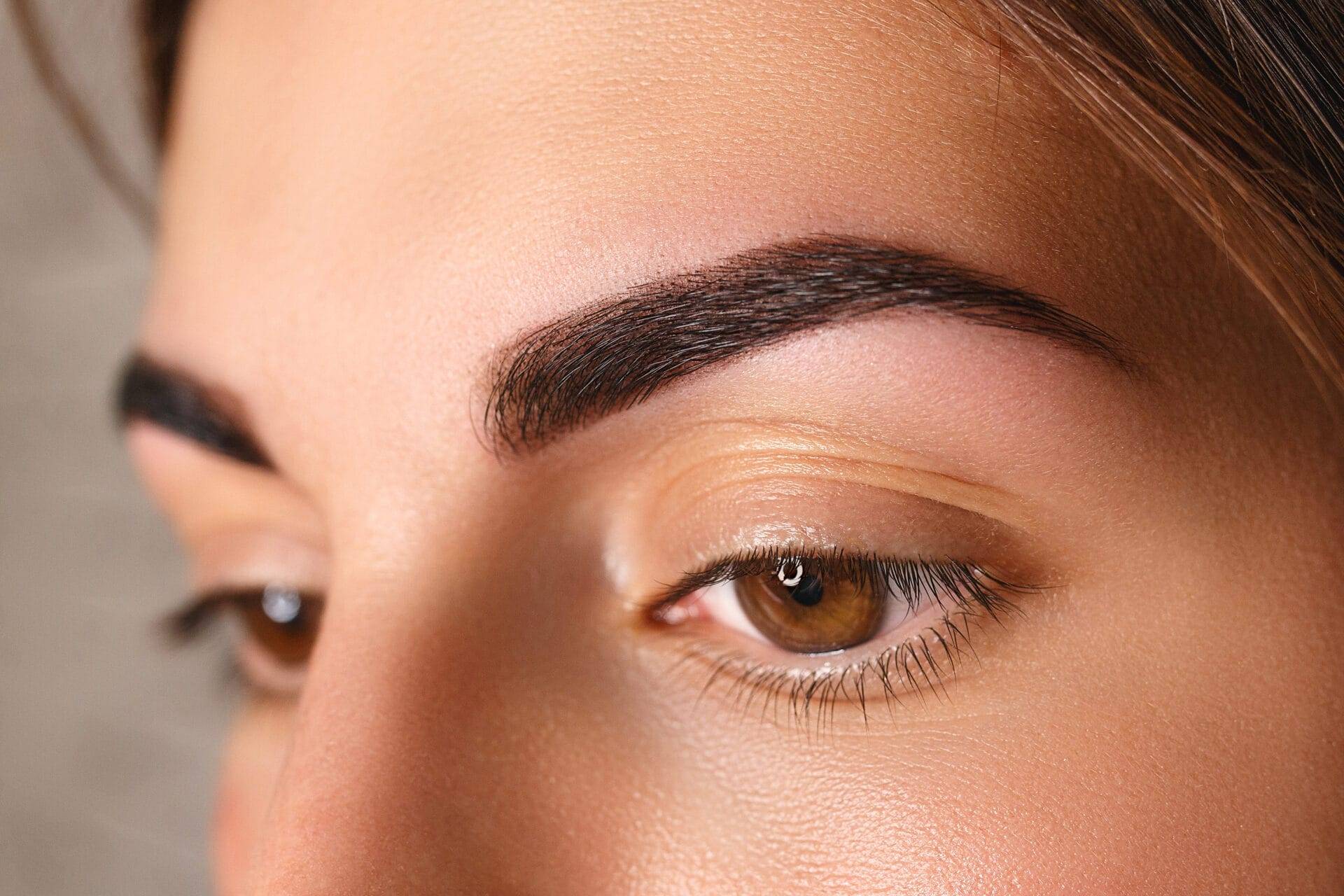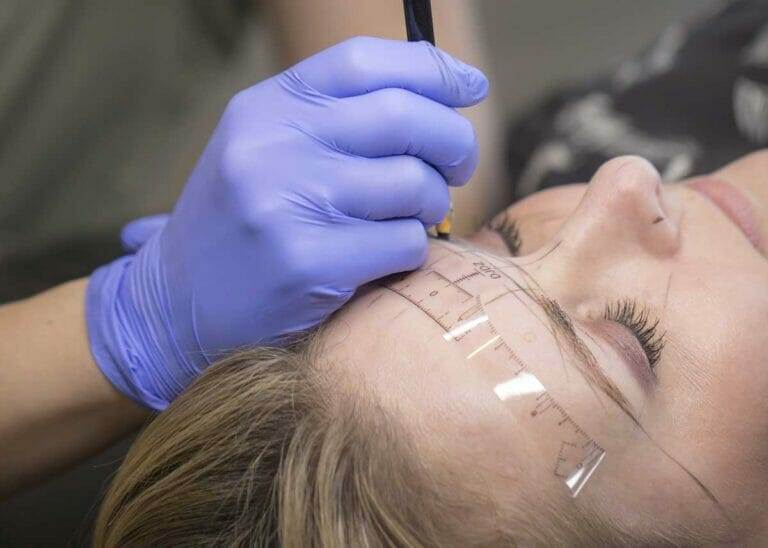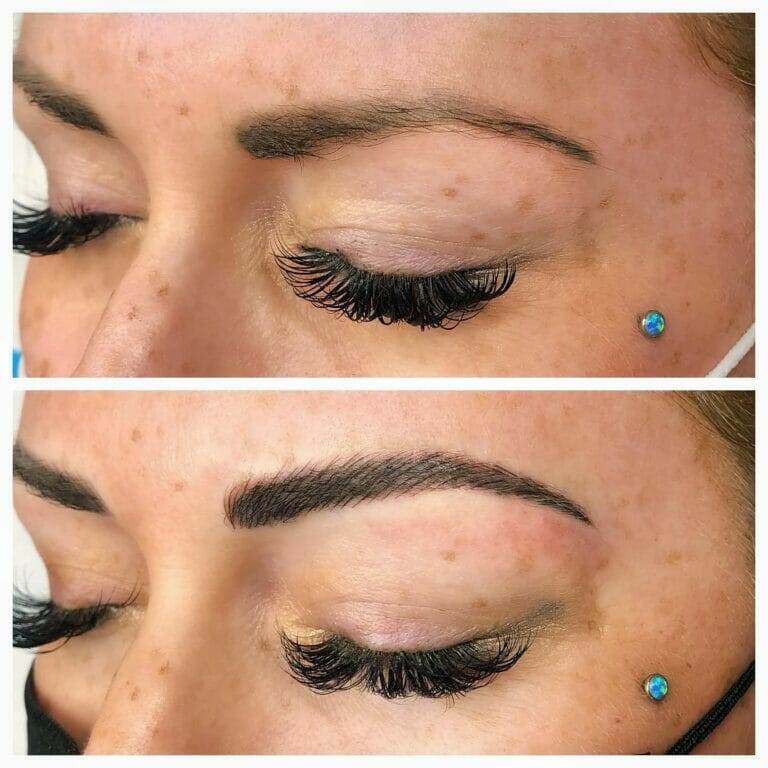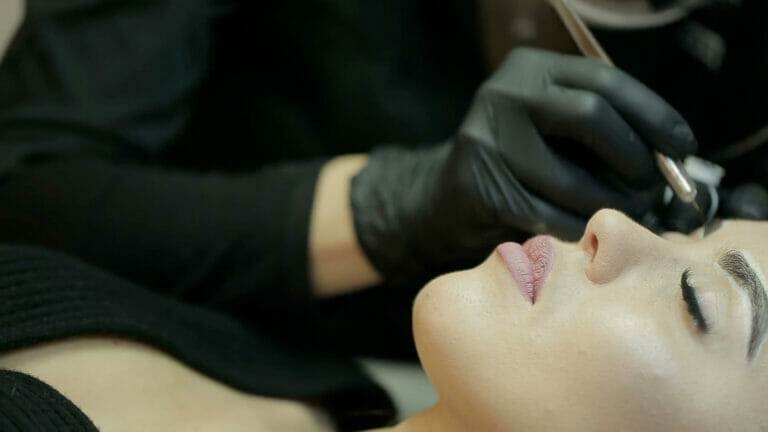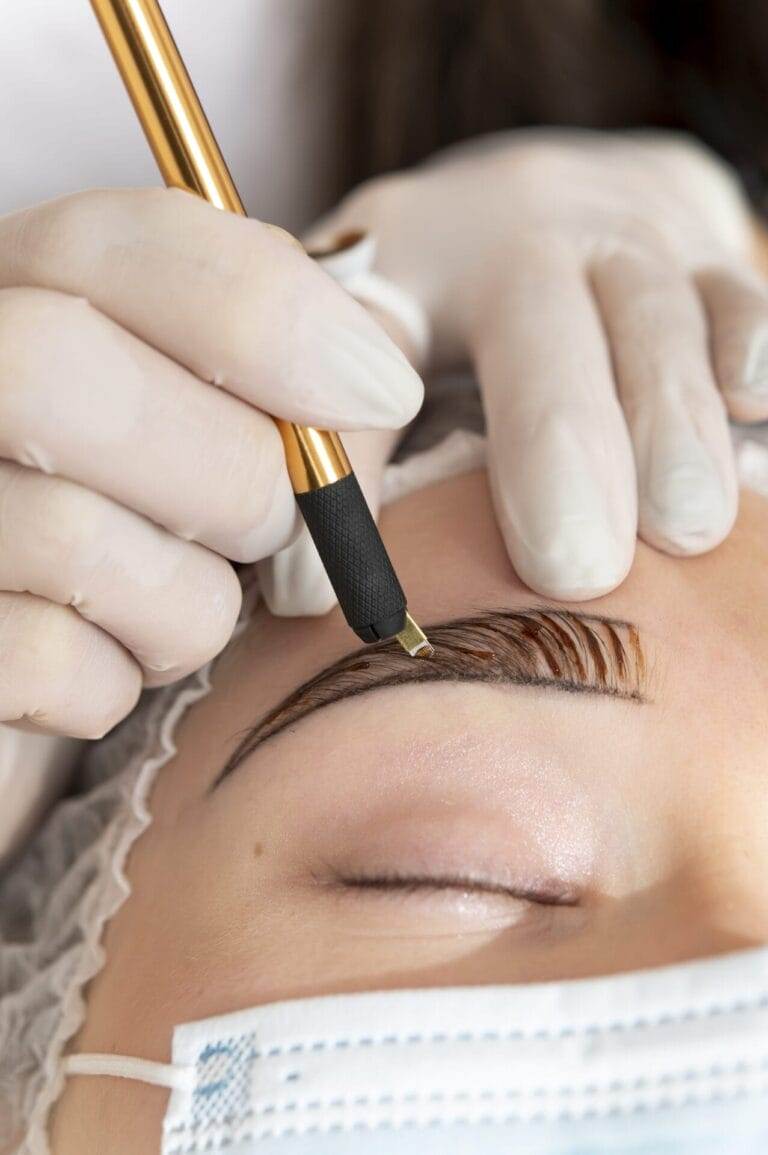Eyebrows have long been recognized as a crucial aspect of framing the face and enhancing overall appearance. In recent years, there has been a significant trend towards fuller, more defined brows. Gone are the days of thin, over-plucked eyebrows; now, people are embracing the natural beauty of their brows and seeking ways to enhance them. One solution that has gained popularity is microblading.
What is Microblading and How Does it Work?
Microblading is a semi-permanent eyebrow tattooing technique that creates hair-like strokes in the skin using a small blade. This technique allows for precise and natural-looking results that can last for months or even years. With microblading, individuals can achieve the full, defined brows they desire without the need for daily filling in with makeup.
The Benefits of Microblading Over Traditional Eyebrow Techniques
Microblading offers several advantages over traditional eyebrow techniques such as waxing, threading, and penciling. One of the most significant benefits is the long-lasting results. While traditional methods require daily maintenance and touch-ups, microbladed brows can last for months or even years with proper care. This saves time and effort in the daily makeup routine.
Another advantage of microblading is the natural-looking effect it creates. The hair-like strokes made during the procedure mimic the appearance of real eyebrows, resulting in a more realistic and defined look. This is especially beneficial for individuals with sparse or thinning brows who want to achieve a fuller appearance.
Additionally, microblading eliminates the need for daily filling in with makeup. Many people struggle with achieving symmetrical and well-defined brows using traditional methods, but microblading provides a solution that lasts longer and requires less daily maintenance.
Finding the Right Microblading Professional: Tips and Considerations
Choosing a qualified and experienced microblading artist is crucial to ensure optimal results and minimize the risk of complications. When searching for a professional, there are several factors to consider.
Firstly, certification is essential. Look for an artist who has received proper training and certification in microblading. This ensures that they have the necessary knowledge and skills to perform the procedure safely and effectively.
Reviews and testimonials from previous clients can also provide valuable insights into the artist’s expertise and customer satisfaction. Look for artists with positive reviews and a portfolio of their work to get an idea of their style and skill level.
It is also important to have a consultation with the artist before committing to the procedure. This allows you to discuss your desired outcome, ask any questions you may have, and ensure that you feel comfortable with the artist’s approach.
The Microblading Process: What to Expect During Your Appointment
A typical microblading appointment consists of several steps to ensure the best possible outcome. The process begins with a consultation, where the artist will discuss your desired brow shape and color. They will then use a pencil to outline the shape and make any necessary adjustments before starting the microblading process.
Before the procedure begins, numbing cream is applied to minimize discomfort. The artist will then use a small blade made up of tiny needles to create hair-like strokes in the skin. Pigment is applied to fill in the strokes, and multiple layers may be added to achieve the desired color intensity.
The entire process usually takes around two hours, although this can vary depending on the individual and the complexity of the desired outcome. It is important to note that some discomfort may be experienced during the procedure, but the numbing cream helps to minimize this.
Aftercare for Microbladed Brows: Tips for Optimal Healing and Results
Proper aftercare is crucial for optimal healing and long-lasting results after microblading. Here are some tips to follow:
- Keep the treated area clean and dry for at least 24 hours after the procedure.
- Avoid touching or scratching the brows, as this can disrupt the healing process.
- Apply a thin layer of ointment or aftercare cream provided by your artist to keep the brows moisturized.
- Avoid excessive sweating, swimming, or exposure to water for at least a week after the procedure.
- Avoid direct sunlight and tanning beds, as this can cause fading of the pigment.
- Avoid using makeup or skincare products on or around the brows until they are fully healed.
- Do not pick or peel any scabs that may form during the healing process.
It is important to follow these aftercare instructions carefully to ensure proper healing and long-lasting results. Failure to do so can result in complications or premature fading of the pigment.
Common Misconceptions About Microblading: Separating Fact from Fiction
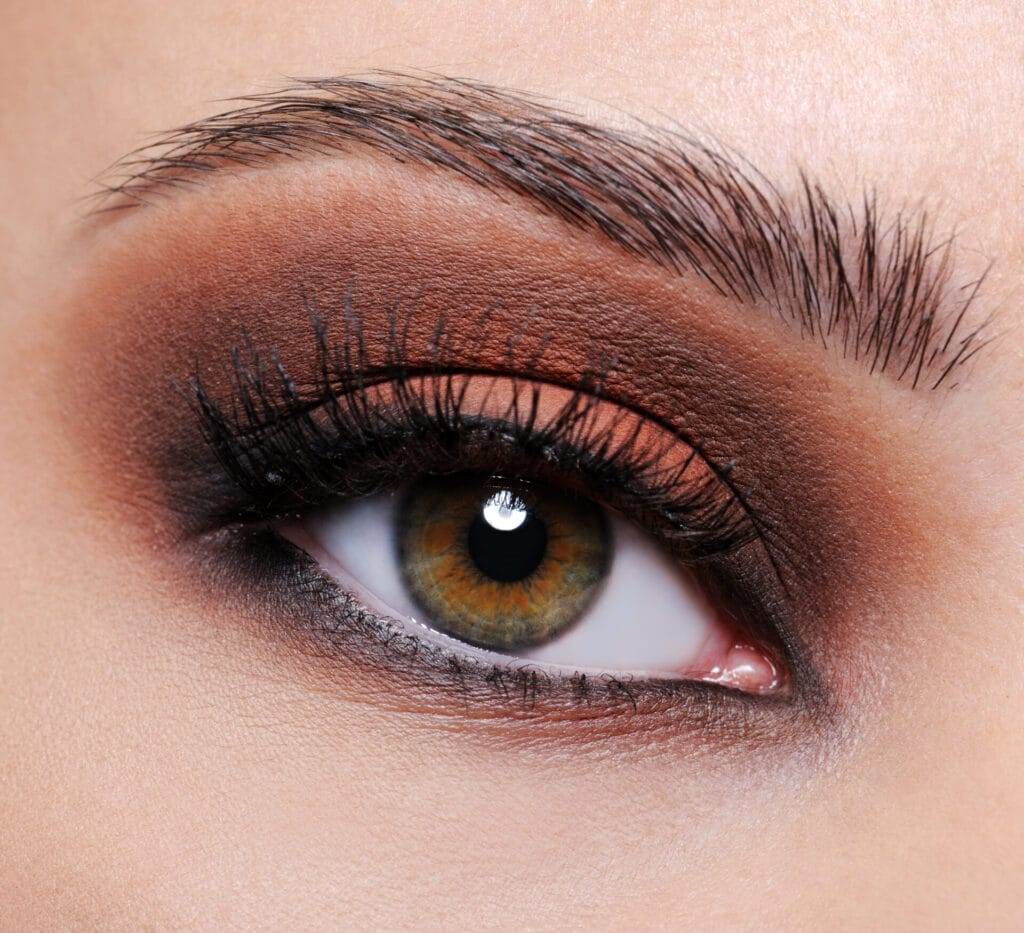
There are several common misconceptions about microblading that can lead to confusion or misinformation. It is important to separate fact from fiction when considering this procedure.
One common misconception is that microblading is painful. While some discomfort may be experienced during the procedure, the use of numbing cream helps to minimize this. Most clients report feeling only slight pressure or a scratching sensation during the process.
Another misconception is that microblading is permanent. In reality, microbladed brows are semi-permanent and can last for months or even years with proper care and maintenance. Touch-ups are typically required every 12-18 months to maintain the desired appearance.
It is also important to note that microblading does not cause hair to grow back in areas where it has been lost. The procedure creates the illusion of hair-like strokes, but it does not stimulate hair growth.
Microblading for Different Skin Types: What You Need to Know
Microblading can be performed on various skin types, but there are some considerations and challenges that may arise depending on the individual’s skin type.
For individuals with oily skin, the pigment may not hold as well and may fade more quickly. It is important for the artist to use the appropriate technique and pigment to ensure optimal results for oily skin types. Touch-ups may be required more frequently for individuals with oily skin.
On the other hand, individuals with dry skin may experience more discomfort during the procedure, as the skin may be more sensitive. It is important for the artist to take this into account and adjust their technique accordingly.
Individuals with sensitive skin may also need to take extra precautions during the healing process to avoid irritation or allergic reactions. It is important to discuss any concerns or allergies with the artist during the consultation to ensure a safe and successful procedure.
How Long Does Microblading Last? Maintenance and Touch-Up Recommendations
Microbladed brows are semi-permanent and can last for months or even years with proper care and maintenance. However, the lifespan of microbladed brows can vary depending on factors such as skin type, lifestyle, and aftercare.
On average, microbladed brows can last anywhere from 12-18 months before a touch-up is needed. Touch-ups are recommended to maintain the desired appearance and ensure that the pigment remains vibrant.
To prolong the lifespan of microbladed brows, it is important to follow the aftercare instructions provided by the artist. Avoiding excessive sun exposure, swimming, and using harsh skincare products on or around the brows can help prevent premature fading.
Regular maintenance appointments with the artist are also recommended to assess the condition of the brows and determine if any touch-ups are needed. These appointments allow for adjustments to be made and ensure that the brows continue to look their best.
Microblading vs. Other Eyebrow Procedures: Which is Right for You?
When considering eyebrow procedures, it is important to understand the differences between microblading and other techniques such as tattooing and microshading.
Microblading creates hair-like strokes in the skin, resulting in a natural-looking effect that mimics real eyebrows. This technique is ideal for individuals who want to enhance their existing brows or create a fuller appearance.
Eyebrow tattooing, on the other hand, involves depositing pigment deeper into the skin using a machine. This technique creates a more solid and defined look that may be suitable for individuals with little to no natural brow hair.
Microshading is a technique that combines microblading with shading to create a more filled-in and defined look. This technique is ideal for individuals who want a bolder brow appearance.
The right procedure for you will depend on your individual needs and preferences. It is important to consult with a professional to discuss your desired outcome and determine which technique is best suited to achieve it.
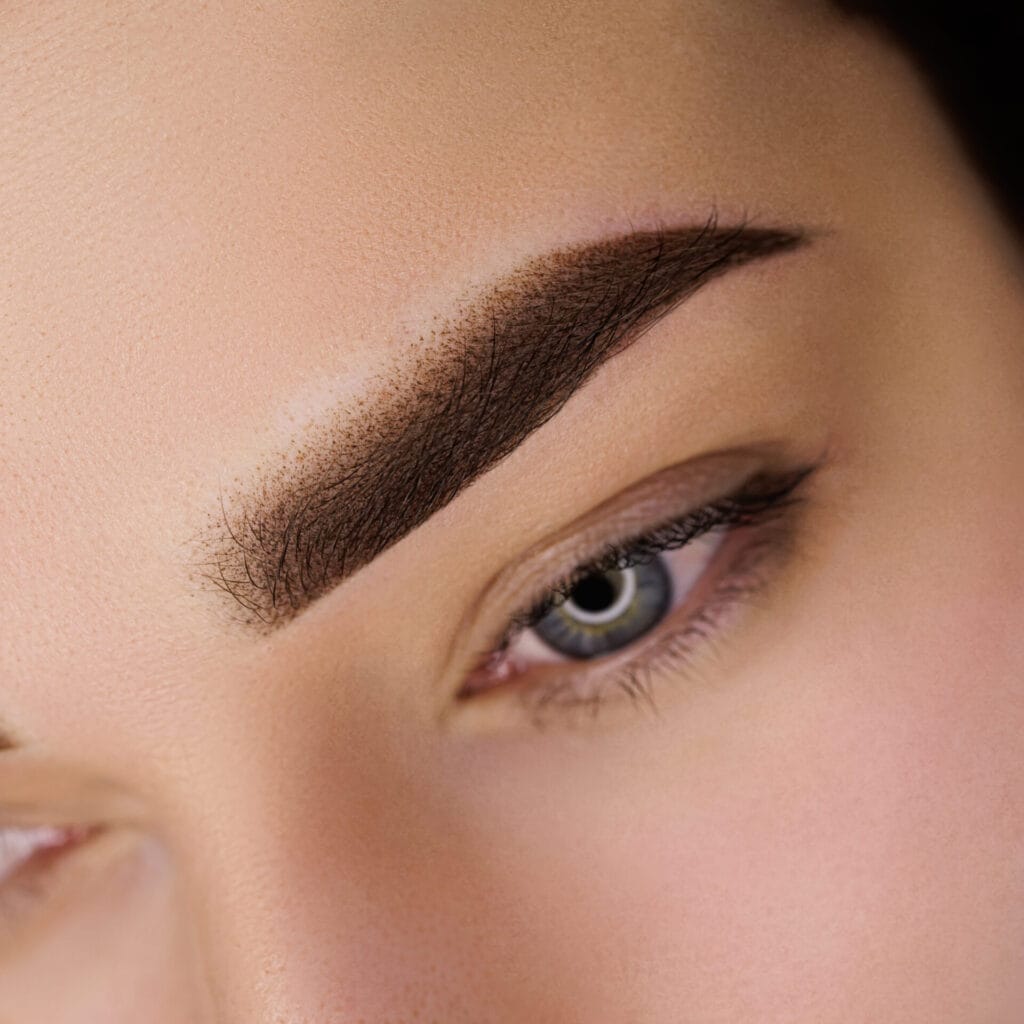
The Final Result: Before and After Photos and Real-Life Testimonials from Microblading Clients
To showcase the transformative power of microblading, before and after photos of clients can be incredibly helpful. These photos demonstrate the natural-looking results that can be achieved through microblading and provide visual evidence of the procedure’s effectiveness.
Real-life testimonials from microblading clients can also provide valuable insights into the experience and results. Hearing about others’ positive experiences can help potential clients feel more confident in their decision to undergo microblading.
Overall, microblading offers a solution for individuals who want to achieve full, defined brows that enhance their overall appearance. By choosing a qualified and experienced professional, following proper aftercare instructions, and scheduling regular touch-ups, individuals can enjoy long-lasting results and a natural-looking brow appearance.

